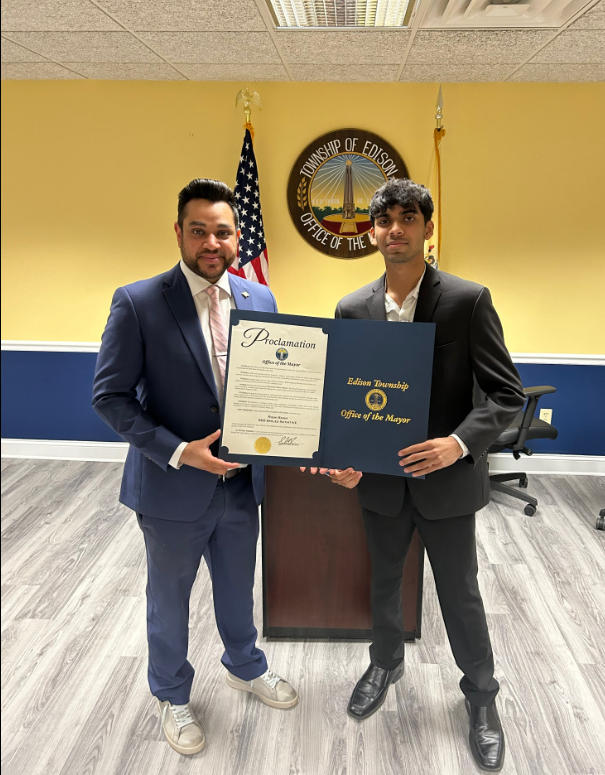University of California system could change the future for SAT and ACT exams

December 6, 2019
Recently in San Francisco, California, a lawsuit has come up demanding colleges stop requiring applicants to submit their SAT/ACT scores. To take the SAT there is a minimum fee required, which the group argues leaves poor people at a disadvantage.
This is a rising issue as people say that the exams don’t reveal anything about the individual themselves, rather it shows the individual’s test taking abilities. UC Provost Michael Brown expressed concern about research showing the level of influence of family income and race on test results. These factors could have a large impact on the results, making it unfair. However, in 2019, the College Board conducted the “National Validity Test,” in which they found that SAT scores profoundly resembled an individual’s performance in college.
The companies that run the SAT and ACT have been fierce competitors for years. In 2018, 1.9 million students took the ACT and 2.8 million took the SAT. Some people argue that there have been too many cheating scandals regarding these exams. It’s no surprise that there are celebrities who pay people millions of dollars to help their children get into Ivy league schools. This is a major outcry since many people feel that they are at more of a disadvantage than their wealthier peers.
Recently, there have actually been some colleges who have decided to make the SAT/ACT optional for incoming students. However, University of California is not one of them. They believe that the College Board has it under control and are responsible for seeing things through regarding the students from poorer neighborhoods. There is a new department called the Environmental Context Dashboard. More than 140 school districts and County Offices of Education across California, including some of the largest and most diverse districts in the state, support using the redesigned SAT as part of their efforts to improve college readiness and break down barriers to college. With this, the colleges are hoping to satisfy both the wealthy and poor people of their community.













